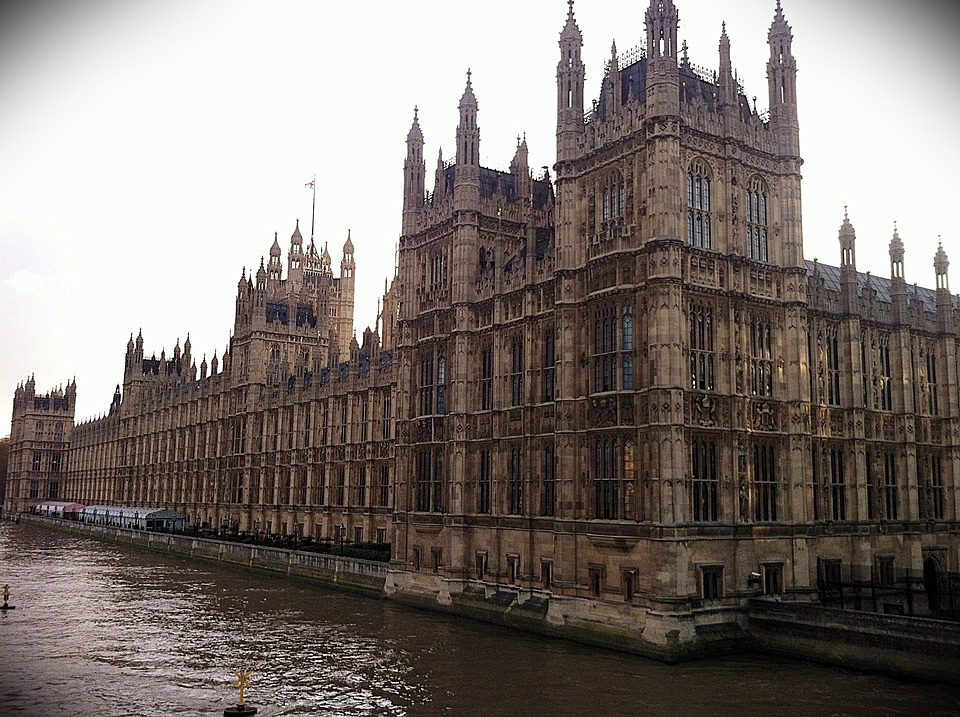The Role of Public Opinion in Shaping Effective Policy: A Data-Driven Approach
In the sphere of governance, public opinion remains a pivotal force that not only influences policymakers but also shapes the contours of effective policy-making. Governments that harness the collective sentiments of their citizens can create targeted and relevant policies, fostering trust and improving societal outcomes. This article explores the interplay between public opinion and policy-making through a data-driven lens, highlighting its implications for effective governance.
Understanding Public Opinion
Public opinion refers to the collective attitudes and beliefs of individuals on specific issues, which can vary dramatically based on demographics, socio-economic factors, and cultural contexts. It acts as a barometer for policymakers, indicating the will of the populace on various matters such as healthcare, education, climate change, and public safety. By tapping into public sentiment, governments can design policies that resonate with citizens and address their needs.
The evolution of technology has drastically altered the landscape of public opinion measurement. From traditional methods like polls and surveys to advanced analytics driven by social media, big data, and sentiment analysis, we now have a plethora of tools to gauge what people think and feel. This data-driven approach allows for a more nuanced understanding of public opinion, enabling policymakers to craft strategies that are reflective of citizens’ actual sentiments rather than assumptions or outdated statistics.
The Data-Driven Approach
-
Direct Engagement via Surveys and Polls
Surveys and polls have long been instrumental in measuring public sentiment. By conducting regular and methodologically sound surveys, governments can gather insights into their constituents’ preferences and priorities. More recent advancements allow for interactive polling, where citizens can express their opinions on pressing issues through mobile or web platforms.
For example, during the COVID-19 pandemic, many governments utilized real-time polling to assess public concerns around health protocols, vaccine rollout, and economic recovery plans. By analyzing this data, policymakers were able to adjust their strategies to align with public expectations, thereby enhancing compliance and trust.
-
Leveraging Big Data and Social Media Analytics
With the rise of social media platforms, public opinion data has become more accessible and immediate. Social media analytics tools provide insights into trends, sentiments, and emerging issues by analyzing user-generated content. By monitoring hashtags, comments, and engagement metrics, governments can quickly identify public concerns and reaction patterns on a wide array of topics.
For instance, sentiments expressed on platforms like Twitter and Facebook can guide responses to crises. In 2020, some municipalities analyzed social media chatter about policing to reshape their community engagement strategies, addressing public grievances and enhancing transparency.
-
Integrating Demographic Insights
Data-driven approaches to understanding public opinion must consider demographic nuances. Diverse populations may have varying issues that resonate at different intensities. Advanced analytics can help identify specific groups’ opinions by analyzing data through filters such as age, gender, income, and ethnicity.
Policymakers can employ segmentation strategies to customize outreach efforts, ensuring policies cater to the diverse needs of their constituents. For example, youth-focused policies regarding education and employment opportunities may differ sharply from those aimed at older demographics, who may prioritize healthcare and retirement security.
-
Simulating Policy Outcomes with Predictive Analytics
Another significant advantage of a data-driven approach is the ability to utilize predictive analytics to model potential policy outcomes based on public opinion trends. By integrating public sentiment data with historical policy performance and socio-economic indicators, analysts can forecast the likely impact of proposed policies.
For example, prior to implementing significant changes to tax policy, governments can simulate public reaction and economic outcomes by analyzing past tax reforms’ public sentiment. This dynamic can help anticipate backlash or support, enabling more effective communication and adjustment before policy rollout.
Challenges and Considerations
While a data-driven approach to understanding public opinion offers many advantages, it also presents challenges. Issues of data privacy, misinformation, and algorithmic biases must be critically addressed to maintain public trust and ensure valid interpretations of public sentiment. Policymakers need to navigate the complexities of qualitative versus quantitative data, recognizing the depth behind mere numbers to avoid superficial analyses.
Furthermore, public opinion is not static. It evolves with societal changes, crises, and political developments, requiring continuous monitoring and flexibility in policy design. Policymakers must be prepared to adapt their strategies in real time, based on the latest data insights to maintain public trust and effectiveness.
Conclusion
Public opinion is not merely a passive element in the policy-making process; it is an active and dynamic force that shapes governance outcomes. By employing a robust, data-driven approach to understand and incorporate public sentiment, policymakers can design more effective policies that resonate with the needs and desires of their constituents. This synergy ultimately fosters a more inclusive and responsive government, leading to enhanced societal well-being and democratic engagement. As technological advancements continue to evolve, so too must the methodologies employed to gauge and respond to the public’s voice in the realm of policy-making.


